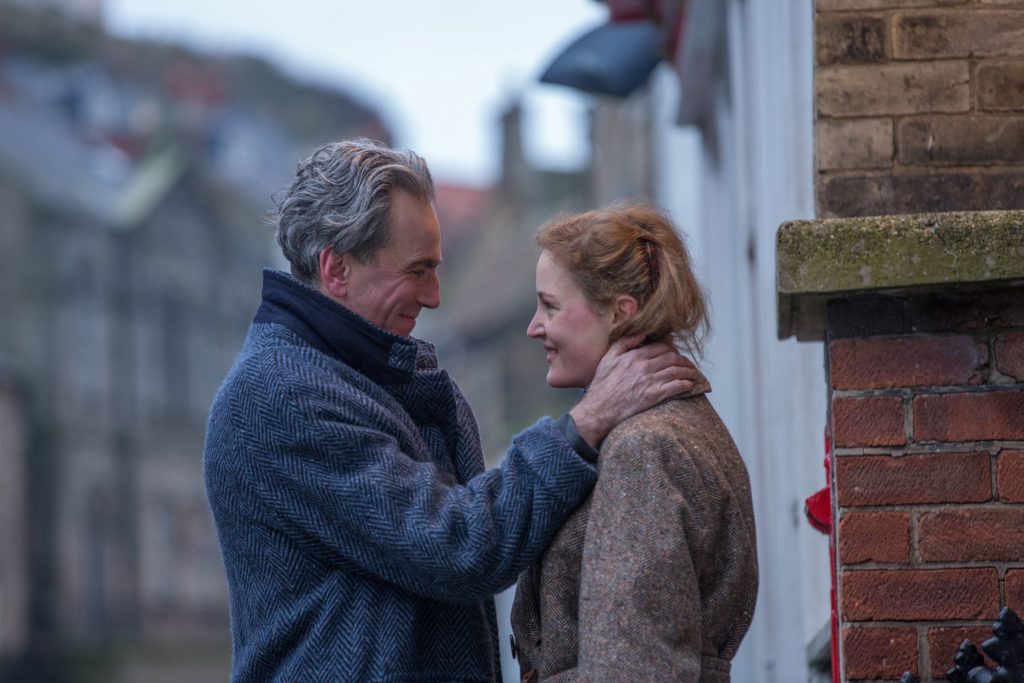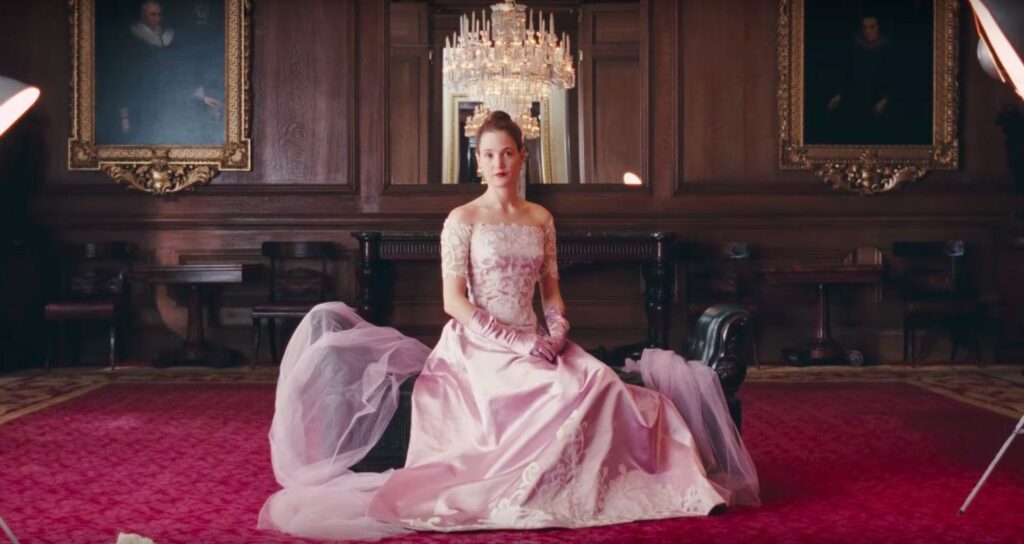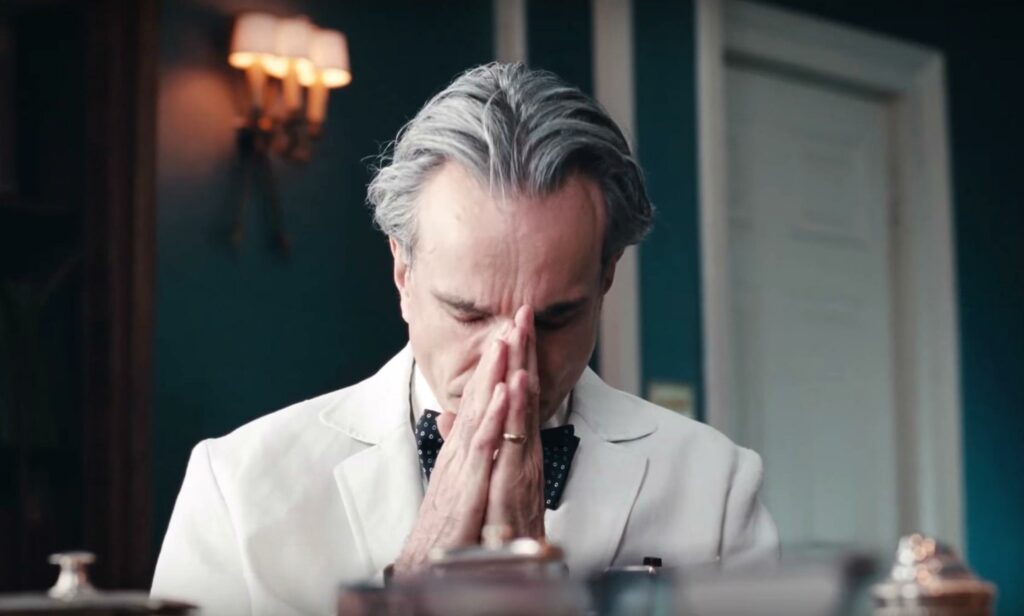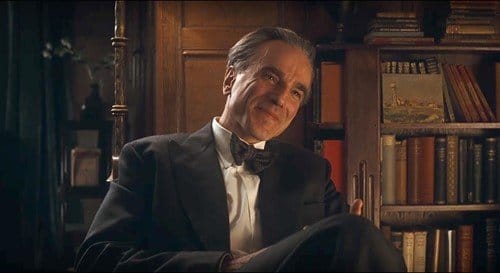A classical painting brought to life through vibrant shots, chilling performances and a vintage setting, Phantom Thread is up there with 2018’s Oscar contenders – and for good reason.
An elegant mystery that slowly unwinds, aptly, like a spool of thread, Phantom Thread is the lasted collaboration between acclaimed writer/director Paul Thomas Anderson (of There Will Be Blood, The Master and Inherent Vice fame) and acclaimed actor Daniel Day-Lewis (of Lincoln and There Will be Blood fame) in what is alleged to be the latter’s final performance – and a fitting one at that.

Phantom Thread follows fashion designer Reynolds Woodcock (Lewis) as he falls in love with a young waitress (Vicky Krieps) in a beautiful yet twisted clash of two complicated minds. While the film is rather slow to start, the story builds towards the very end, resulting in a slow-burn of a piece with secrets sewn within its very fabric. Through its costumes and overall demeanour, the film manages to capture the essence of 1950’s London without feeling dated or derivative. This results in an eerily modern period piece unlike most to come before it.
It’s hard to identify the individual things that make Phantom Thread so stunning, particularly because all its elements fit so well together on a whole. First of all, the performances are fantastic all-round, with Lewis sharing the screen equally with Krieps’ Alma and Lesley Manville’s Cyril Woodcock. While there are supporting cast scattered throughout who do their part, it’s the dynamic forged between this core three that stands out. Between their struggles for authority and their interactions with one another, the film makes a point of throwing the audience in the middle of this clustered dynamic, as we watch the drama engulf us entirely.

Aside from these performances, another thing that Phantom Thread benefits from greatly is its cinematography, something Anderson is largely responsible for. Despite working alongside long-time collaborators Michael Bauman (Lighting) and Colin Anderson (Camera), the director is said to have played a large part in capturing the film’s distinctive visual style – spending nine months developing this before filming had even started. This process gave the film its distinctly dulled-down visual aesthetic, straying away from the polish often expected of a period piece, with careful and precise visuals echoing the film’s own complexities.
However, it is the film’s original score from Radiohead’s Johnny Greenwood – who collaborated with Anderson on There Will Be Blood, The Master and Inherent Vice – that ties the entire piece together. Capturing the hauntingly majestic feeling of the film through tense violins and ominous piano, the music is so fitting that it only furthers the intrigue in scenes where it’s absence is felt.

While fitting the label of a period piece, Phantom Thread also manages to set itself apart from time, like an isolated pool in its stream. While the eye-catching couture and polite British sensibilities are reminiscent of a simpler time, the darkly distorted narrative that unfolds is anything but – sealing this film in its place as a triumph in the hands of one of cinema’s most talented working filmmakers.
A film that is warm and sullen yet artfully bleak, Phantom Thread is an isolated and pure look into the lives of two complicated lovers in a modern romance far from what you’d expect in the 50’s. See it with someone you love (if you dare).




